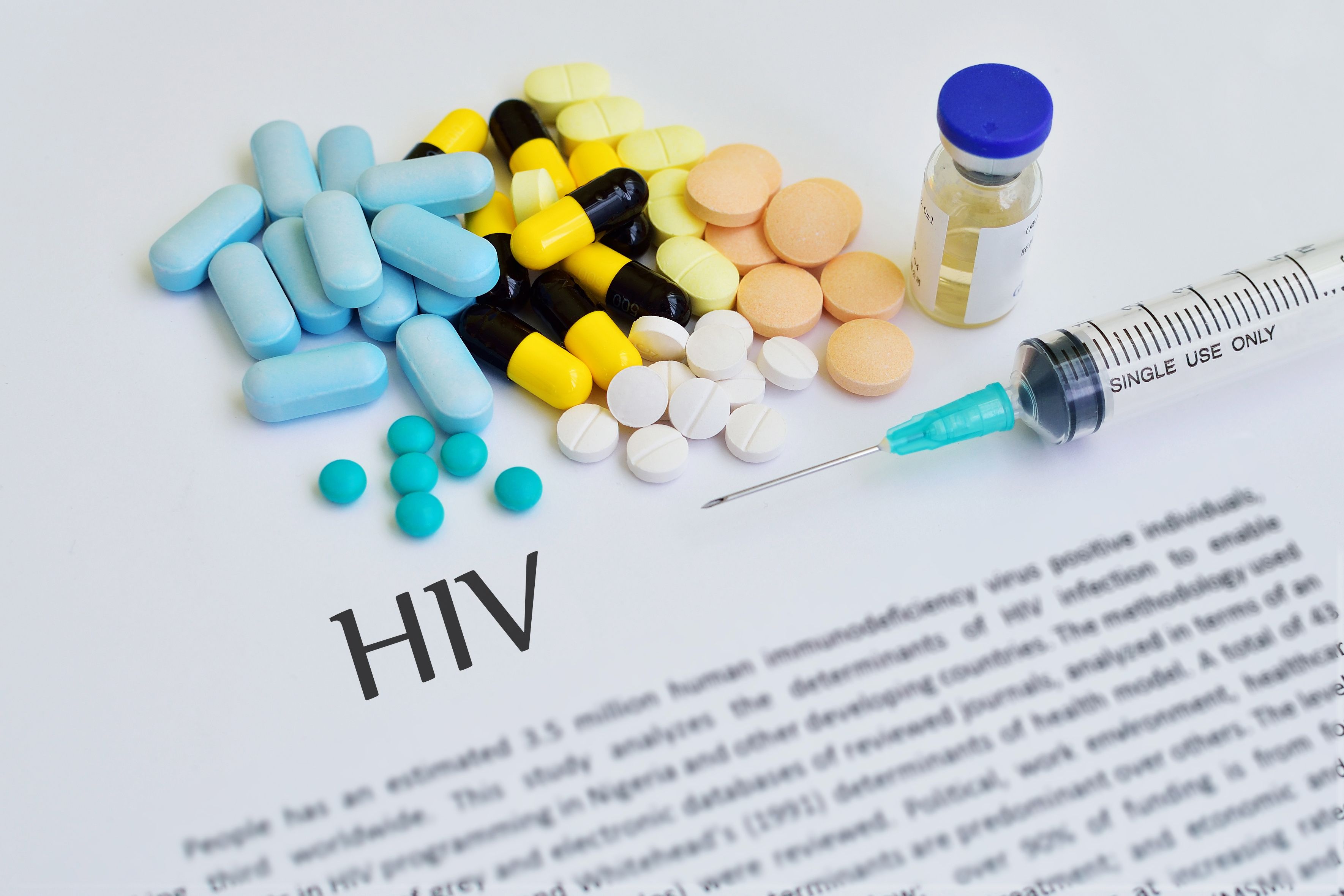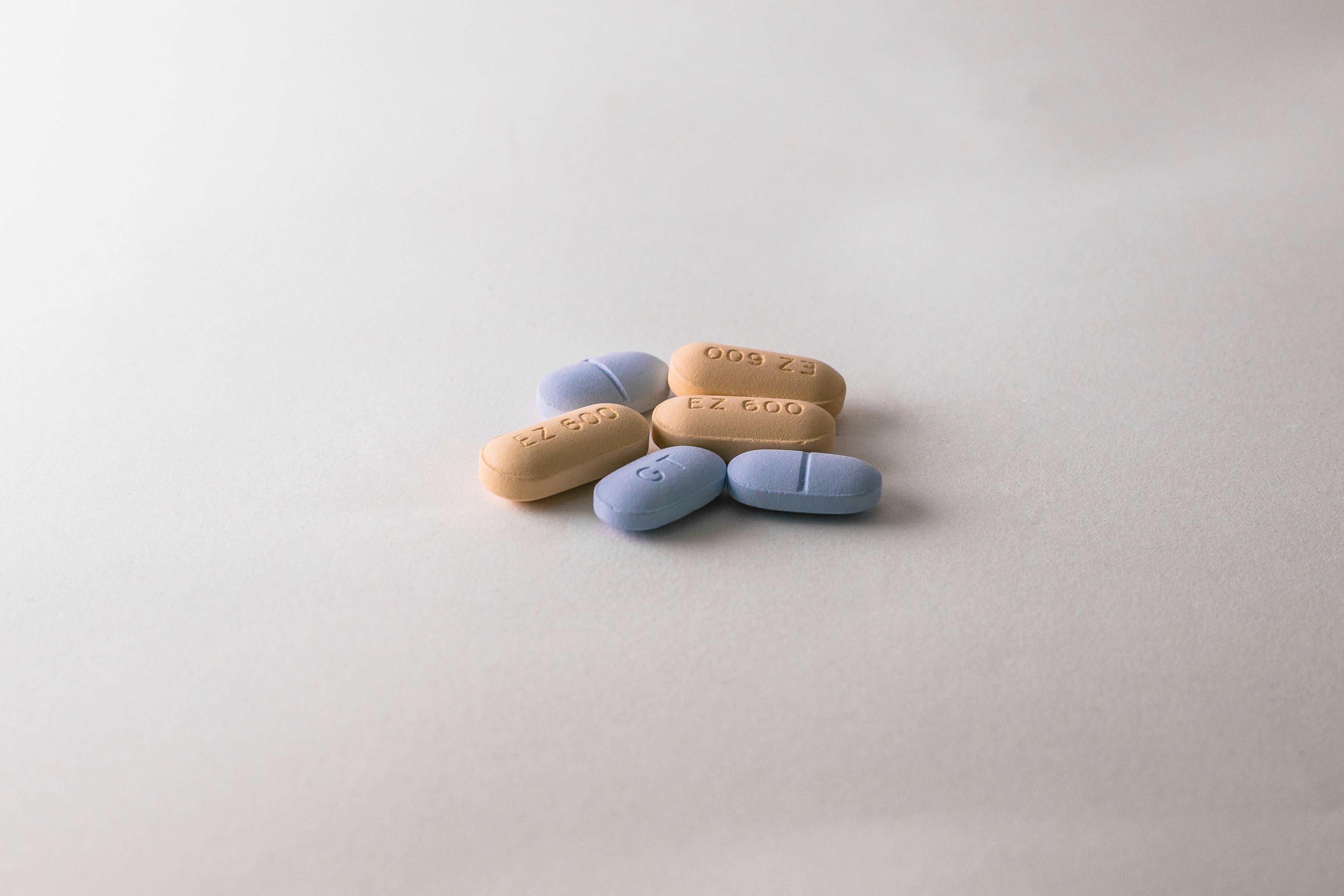Article
WHO Guidelines for Infants Exposed but Uninfected With HIV Require Updates, Researchers Say
Author(s):
Developments in health care and research warrant updates to the World Health Organization (WHO) guidelines on cotrimoxazole prophylaxis for infants who are exposed to HIV but uninfected.
The World Health Organization (WHO) first recommended cotrimoxazole prophylaxis for all infants who are HIV exposed but uninfected (HEU) in 2000. Based on changes in health care and emerging research over the past 2 decades, authors of an article published in The Lancet Global Health called for updates to these guidelines.
The original guidelines were based on data showing that cotrimoxazole prophylaxis decreased the number of deaths caused by pneumocystis pneumonia among adults living with HIV. These WHO guidelines recommended the treatment for infants born to women living with HIV until HIV infection was ruled out and there was no longer a risk of vertical transmission from mother to child.
WHO updated these guidelines in 2006 by calling the guidelines a "strong recommendation" based on "very-low-quality evidence," and a guideline review followed in 2013. However, WHO was still recommending cotrimoxazole prophylaxis, and 2 large, randomized controlled trials (RCTs) were conducted in response.
According to the results of these trials, the recommended treatment showed no clinical benefit and an increase in antibiotic resistance and microbiome dysbiosis among infants who were HEU.
“Additionally, improvements in health care over the last two decades in terms of antiretroviral treatment and prophylaxis for mothers and infants, and notably improved vaccination programmes, have substantially reduced the risk of HIV transmission and the overall morbidity and mortality of infants who are HEU from pneumonia and diarrhoeal diseases,” the authors of the article wrote.
Because of these reasons, the authors argued the existing policy of continuing cotrimoxazole prophylaxis treatment in infants who are HEU may potentially cause substantial adverse effects.
They also listed several specific advancements in health care related to mother-to-child HIV transmission to support the need for updates.
Most notably, the authors cited a 70% global reduction in new pediatric infections between 2000 and 2015, and a drop in vertical transmission from more than 30% to less than 10%.
Additionally, most countries have implemented a universal test and treat method with substantially improved antiretroviral therapy regimens, and many countries are able to diagnose HIV earlier at birth or within the first 10 weeks after birth.
The authors also noted the original WHO guidelines on cotrimoxazole prophylaxis were released during a time when more than half a million children were becoming infected with HIV annually. However, this number has since dropped, with 160,000 infants born with HIV in 2019.
“Given the substantially higher percentage of infants who are HEU compared with those who become HIV infected, and the evidence provided from two RCTs on the absence of benefit for infants who are HEU as well as the probable harm of this intervention, there is an urgent need for the current cotrimoxazole prophylaxis policy to be reversed for infants who are HEU,” the authors wrote.
Finally, while research has shown infants who are HEU are at increased risk of morbidity and mortality, there are other aspects of maternal health such as low CD4 count and high viral load that are the main contributors to this increased risk.
According to the authors, time and money can be redistributed from cotrimoxazole prophylaxis to other services beneficial to both the mother and child.
“Until this policy is re-examined, at the very least, there needs to be transparent information provided to the infants’ caregivers about the absence of proven benefit and potential harms of cotrimoxazole prophylaxis, with receipt of written informed consent before the intervention is provided,” the authors concluded.
Reference
Daniels B, Kuhn L, Spooner E, et al. Cotrimoxazole guidelines for infants who are HIV-exposed but uninfected: a call for a public health and ethics approach to the evidence. Lancet Glob Health. 2022;10(8):e1198-e1203. doi:10.1016/S2214-109X(22)00120-6





